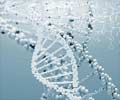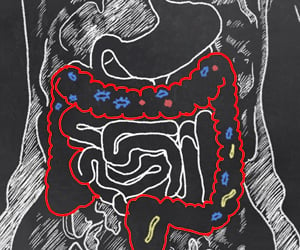According to researchers at Hopkins University, they have found a way to use blood stem cells to make genetic changes in the immune system,
According to researchers at Hopkins University, they have found a way to use blood stem cells to make genetic changes in the immune system, surpassing an obstacle to certain forms of gene therapy. The implications, biologist Lingho Chengh range from improving the body's immune response to developing cancer vaccines to reducing the danger of rejecting transplanted organs. Blood stem cells form the core of the blood system. They can give rise to any of the various types of cells in the blood, including immune cells.
In principle, genetic modification of stem cells could be used to make changes to the immune system, Chengh said.The hurdle has been to modify only the immune cells, not all of the cells descending from the stem cells an idea Chengh called "regulated gene therapy." Ideally, we would like to have a gene turn on only in one type of cell (derived from the stem cells), not all of them. Chengh and his colleagues at the Sidney Comprehensive Cancer Center at Hopkins in Texas created a version of a commonly used experimental gene, linked to a genetic switch so it only would turn on in a type of immune cell known as an antigen-presenting cell.When the gene is turned on, it produces a protein that glows green under fluorescent light.The modified gene was transferred into human blood stem cells and injected into mice that were bred so they would not reject the human cells. After 9 weeks, Chengh felt that the researchers looked at all the cells descending from the stem cells and found only the APCs showed the green fluorescence. This is a green light for regulated gene therapy. The APCs were chosen as the target, Chengh said, because they play a key role in regulating the immune system. Using the new system, he said, it would be possible to genetically modify the APCs so, for instance, the immune system was less likely to attack a transplanted organ.
The "holy grail" of gene therapy has been to find ways of getting genes into specific tissues, without putting them into others where they're not wanted, said Cynthia Dunbar, a clinical hematologist at the National Heart, Lung and Blood Institute in Bethesda, Md.Specifically, she said, researchers have been trying for about 12 years to find ways of getting red blood cells to produce more hemoglobin as a treatment for such diseases as sickle cell anemia, while not forcing other blood cells to make the substance. That hurdle was overcome last year, by researchers.








